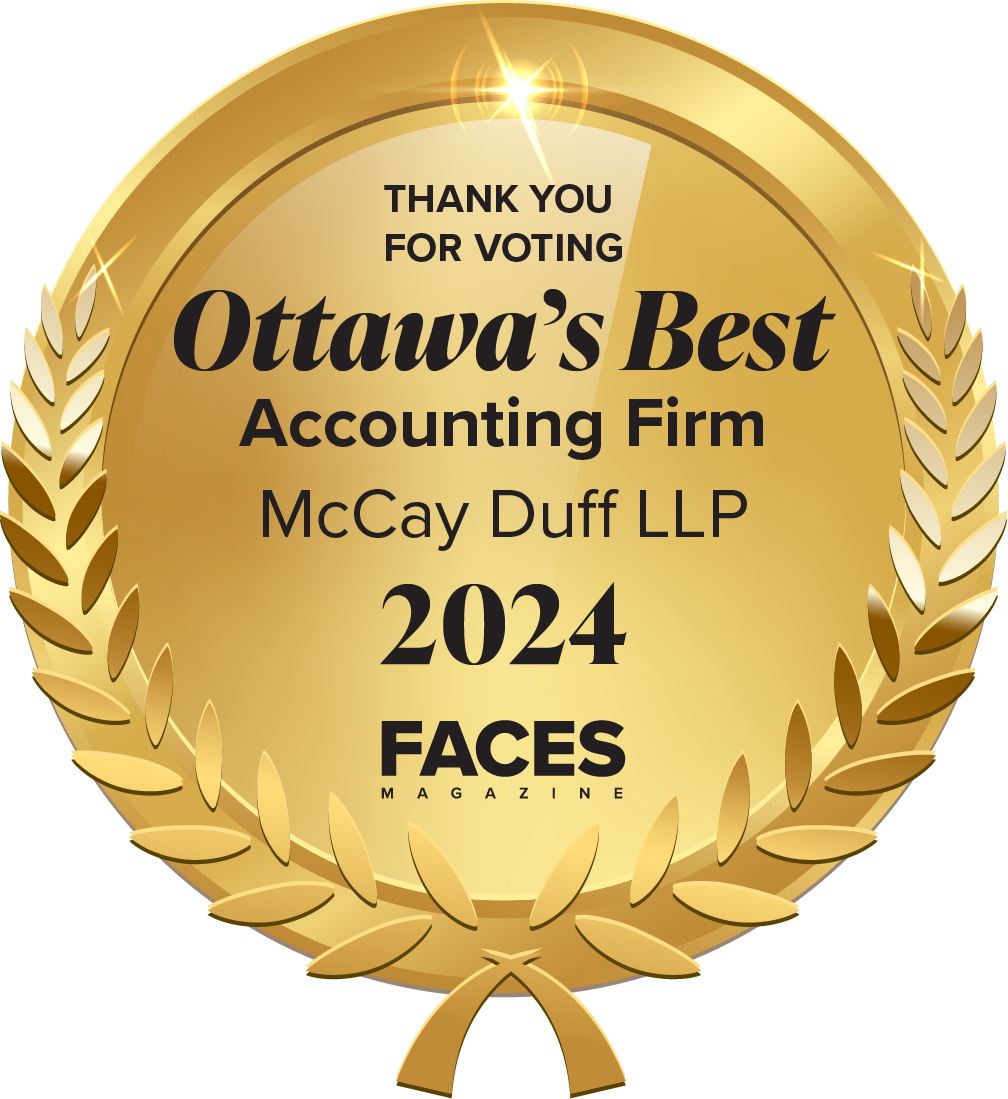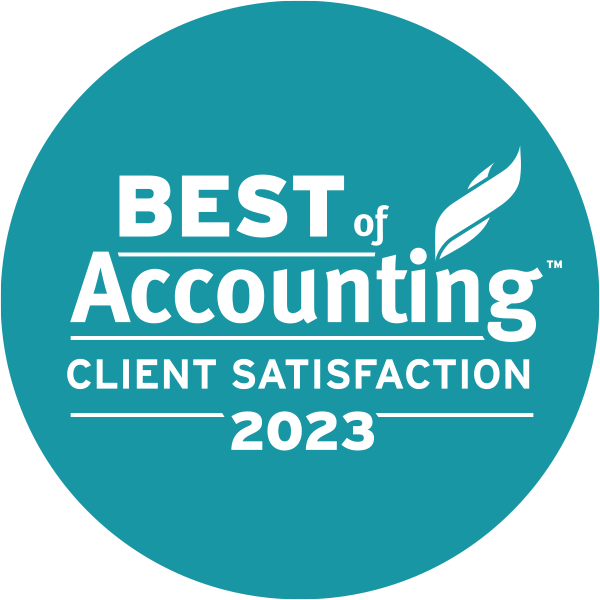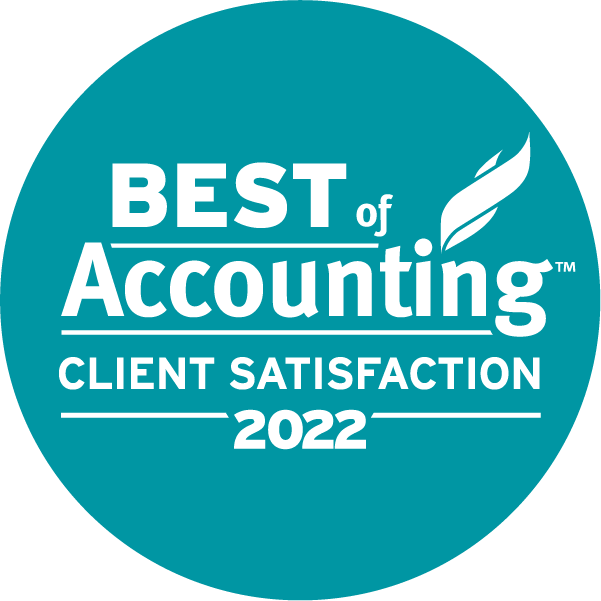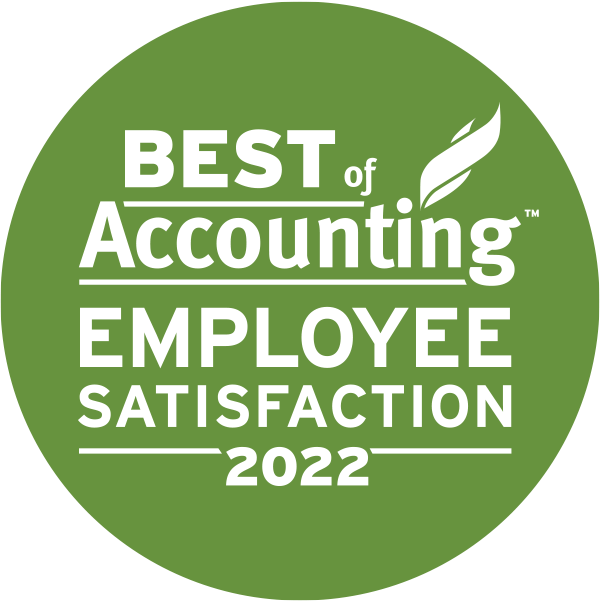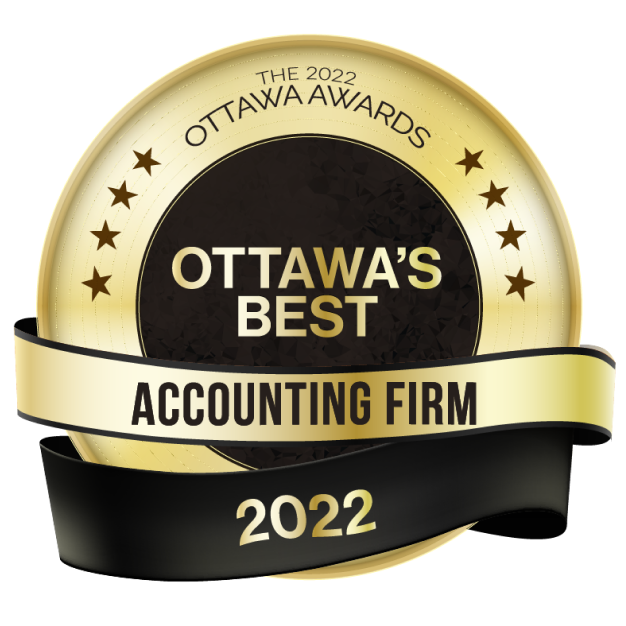In Canada, small businesses enjoy a lower corporate tax rate that helps them grow their businesses efficiently. A small business owner can withdraw money from the business through salary or dividends. In salary, the company deducts it from business income, and the business owner adds it to his personal income, thereby paying higher income tax. Many small business owners declare dividends and defer the payment to a future date to reduce personal income tax.
The dividend amount is taxed at a lower corporate tax rate and held in the business. When the dividend is paid to the business owner, it is taxed at the personal tax rate.
Passive Income in Small Business
Small business owners defer dividend payments to delay personal tax. They invest the after-tax dividend money in stocks, bonds, and real estate.
For instance, John declared a $50,000 dividend. If he keeps the money in the business, he has $45,500 left to invest after tax (9%). Had he withdrawn the $50,000 dividend, he would have had to pay higher personal tax (15%–33%) and would have been left with a lesser amount to invest.
While using corporate dollars for investment is a good strategy, the Canada Revenue Agency (CRA) created the passive income rule to reduce the unfair tax advantage business owners get over salaried people. Passive income is an alternative source of income that is not the company’s business. For a baker, capital gains from stock market investments or rent earned from his warehouse are passive income.
How Does the Passive Income Rule Affect Small Businesses’ Tax Rate?
The CRA offers a $500,000 small business deduction (SBD) on federal tax, under which the small business owner pays a lower corporate tax of 9%–12% on the active business income up to $500,000. Once the business crosses the SBD threshold, it pays the general corporate tax rate of 27% on the income above the threshold. The SBD was introduced to give companies a tax advantage on the income they earn from the business.
The CRA reduces the SBD threshold when passive income crosses the $50,000 limit. For every $1 of passive income earned above $50,000, the SBD threshold decreases by $5. At this rate, the SBD threshold reaches zero once the passive income reaches $150,000 a year. If your business has a passive income of $150,000, you will pay around 27% corporate tax on your business income.
You can use the below formula to determine how much passive income you can earn in a year to retain your SBD benefit.
Amount of passive income allowed under SBD = $150,000 – (net business income / 5)
For instance, John earned a net business income (after deducting salary and other expenses) of $120,000. He could have up to $126,000 in passive income in the corporation before the SBD benefit vanishes.
Using the above formula, you can plan your investments accordingly and take advantage of lower corporate taxes and deferred tax payments.
How Can Small Business Owners Control Passive Income in Their Businesses?
You can control how much passive income you hold in your business by tweaking your investments and withdrawals. Let us first start with withdrawals.
Business Withdrawals to Max Out Your RRSP Contributions
As a business owner, you can employ your spouse and give yourself and your spouse a reasonable salary to max out your Registered Retirement Savings Account (RRSP) contribution limit. The RRSP contribution is linked to your income: 18% of your previous year’s income or $31,560, whichever is lower. You can give yourself $175,333 in salary in 2023 and invest $31,560 in an RRSP in 2024.
The RRSP contribution is deducted from your personal income, and your salary is deducted from your business income, thereby reducing your passive income in the business. Be prepared, as salary brings other contributions, like the Canada Pension Plan (CPP).
Change Investment Strategies
You can also tweak your investments by changing your portfolio mix to include growth stocks instead of dividend stocks. In growth stocks, your capital gain is not taxed until it is realized when you sell shares for a profit. If your passive income is closer to the threshold, you can hold your growth stocks instead of selling them and realizing a profit.
And if your passive income crosses the $150,000 threshold, you might as well book more capital gains rather than deferring them for another year and risk exceeding your threshold. Remember, you cannot carry forward capital losses to another year under passive income rules.
Should You Worry About Losing Your Small Business Deduction?
Losing the small business deduction can significantly increase your corporate tax bill. But losing the SBD benefit won’t impact business owners in the following scenarios:
- If you are a holding company whose main business is to earn passive income on its investments in companies,
- Your passive income from the business is less than $50,000,
- If you are not deferring tax and withdrawing all your dividend income in the same year as it is earned or in the near term.
If any of the three points reflect your situation, you need not worry about losing your SBD benefit.
But it is always better to consult a professional accountant to be sure of the tax implications of your choices.
Contact McCay Duff LLP in Ottawa To Help You Plan Your Passive Income
A skilled tax consultant can guide you through your business decisions by laying out the pros and cons. The consultant can develop a mix of investments within and outside the organization to make the most of all the tax benefits. Our accountants can provide tax consultation and filing services at McCay Duff LLP. To learn more about how McCay Duff LLP can provide you with the best accounting and tax planning expertise, contact us online or by telephone at 613-236-2367.

